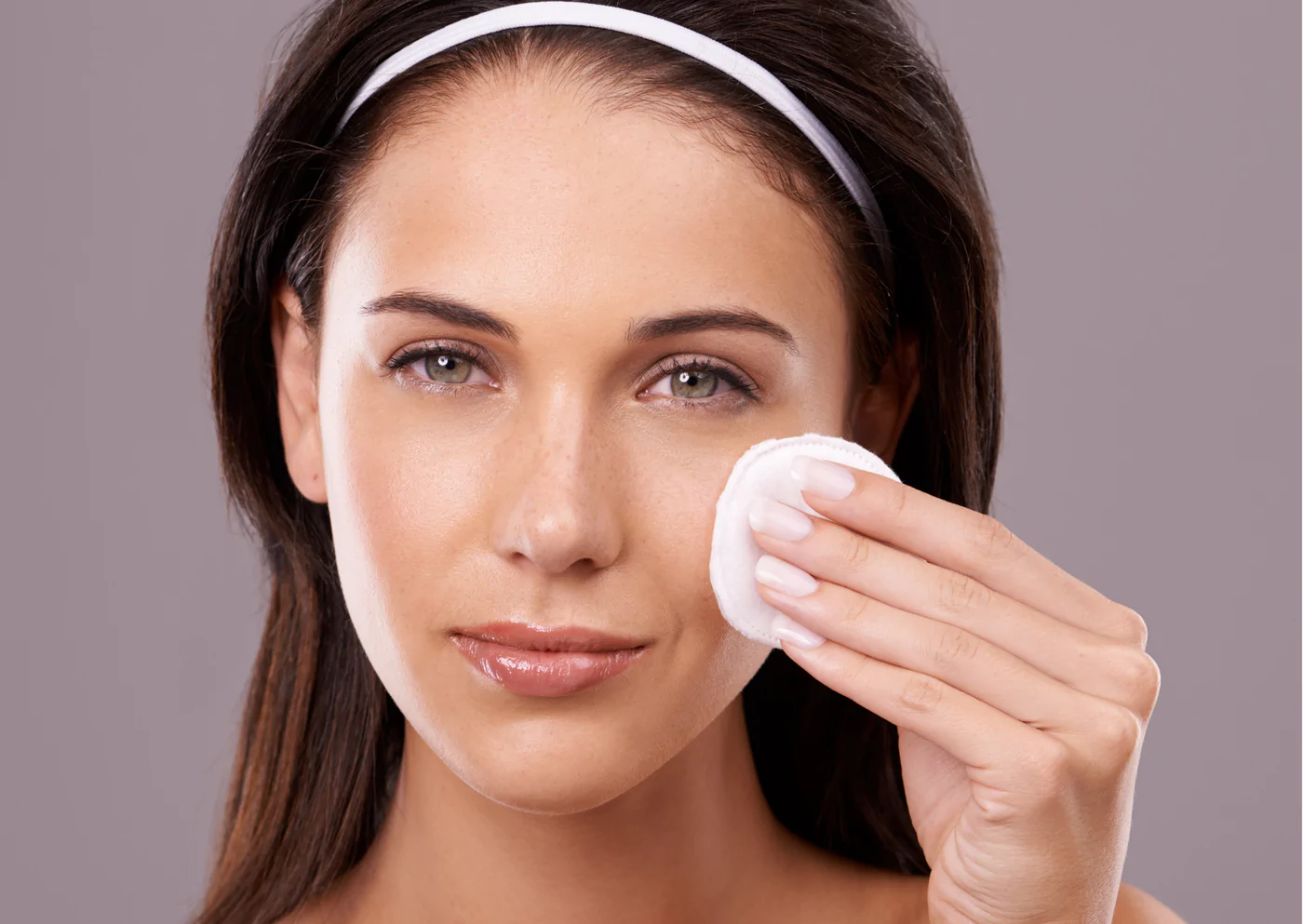
Just two months ago, Butylphenyl methylpropional (BMHCA), also known by its trade name Lilial, was classified as a carcinogenic, mutagenic or reprotoxic (CMR) Category 1B substance. This news alone may not sound very striking, until you realise that Lilial is a fragrance ingredient used widely in cosmetic, house cleaning, and personal products. However, this ingredient is only banned in cosmetic products.
It’s not uncommon for FDA or EU Cosmetic Regulatory to ban certain ingredients found in personal care products. But you might wonder, why do regulatory bodies ban ingredients in the first place?
The general answer is that these decisions are made to protect consumers and the environment. As Scott Faber, the EWG senior vice president for government affairs, put it: “The public shouldn’t have to worry that they’re putting their own health at risk by doing something as routine and mundane as applying personal care products.” Scientists shoulder the responsibility of not only testing and analysing ingredients, but also ensuring their efficacy and safety to both humans and the environment. The results of these testings are published, and regulatory bodies in respective countries then decide whether or not certain ingredients should be banned.

However, criticism of this process does exist, centering around the fact that many controversials ingredients are still safe to use in personal care products. This is because they are used in tiny percentages, oftentimes even less than 1%! While it is true that the concentration of substances used during laboratory testing is much higher than what actually exists in products, it would be narrowminded to assume that controversial ingredients are safe for use as long as it it within a percentage. This is the focal point of contension. On one end, some are advocating that controversials ingredients are safe to use within recommended dosages. On the other end of the spectrum, it is possible for individuals to demonise chemicals to the point of cultivating fear mongering.
Let’s take it back to the case of Lilial. Unethical and uninformed groups of people quickly spread misinformation about the danger of its use, eventually leading to a movement of fear mongering. Despite these groups’ distaste of Lilial, this ingredient is still bring assessed to determine whether it is a safe cosmetic ingredient under the UK Cosmetics Regulation.
With the rise of the internet, information is incredibly easy to access. However, with this convenience comes the danger of misinformatiton. Today’s consumers need to be ever more vigilant and discerning when it comes to deciphering which product ingredients are beneficial and which are detrimental. There are countless myths and generalizations on the internet regarding toxic skincare chemicals that trap unsuspecting consumers. Unless skincare brands provide credible science-backd information, green washing and fear mongering will continue to escalate in this industry.
SAY is committed empowering consumers with the appropriate knowledge to make informed decisions regarding their personal care products.
Take a look at our #SAYNO List for more ingredients to avoid/look out for.

Reference
- Consumers Alarmed Over Lilial Ban and Social Media Misdirection with Olaplex, Cosmetics and Toiletries, 2 Mar. 2022, https://www.cosmeticsandtoiletries.com/regulations/safety/news/22093530/consumers-alarmed-over-lilial-ban-and-social-media-misdirection.
- “Lilial and Fertility: Eu Bans Toxic Fragrance Ingredient from Personal Care Products.” Environmental Working Group, 21 Mar. 2022, https://www.ewg.org/news-insights/news-release/2022/03/lilial-and-fertility-eu-bans-toxic-fragrance-ingredient-personal#:~:text=In%202020%2C%20the%20EU’s%20European,be%20pulled%20off%20store%20shelves.














